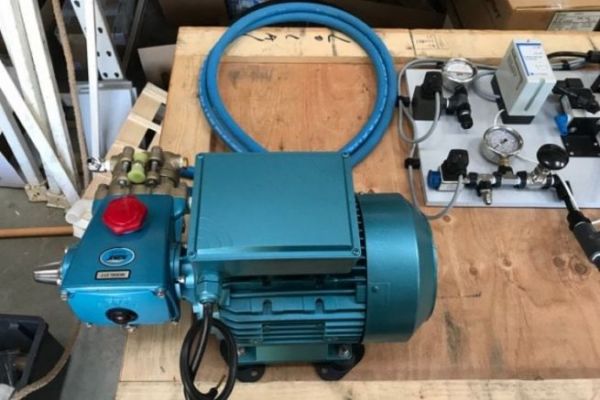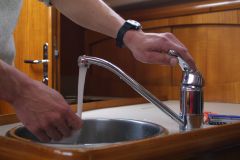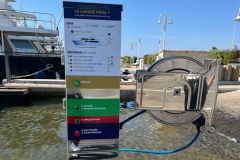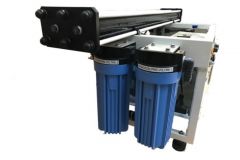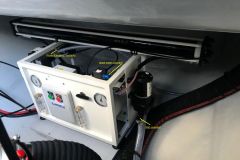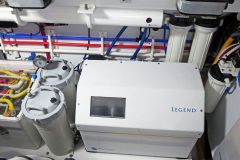Like all equipment on board a boat, sometimes the watermaker breaks down. This usually happens in the middle of a cruise with a tight schedule, during a long crossing or in the middle of an isolated anchorage far from any repairer. This is why it is useful to know the most common breakdowns and to know how to treat them, having on board the boat the necessary spare parts and the adequate equipment. The Compagnie Hydrotechnique, a multi-brand specialist in desalination on pleasure boats, outlines for us the main steps to take.
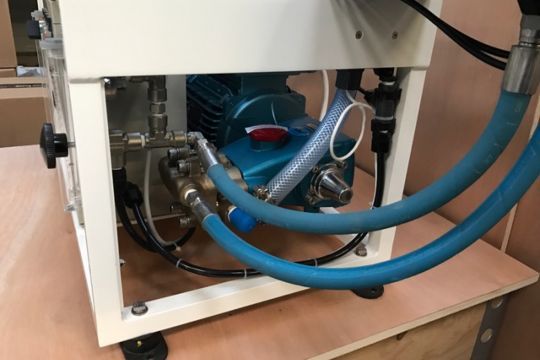
Breakdowns in the seawater circuit
Among the most common failures are leaks in the seawater circuit. It is always a good idea to have sets of seals and pump wheels on board. Pierre Taillefer explains: "We will start by checking the cleaning of the strainer, the seals of the sea water filter and the same for the pre-filters, having taken care to close the hull valve beforehand. They should be changed if they are damaged. If the leak is in the low-pressure pump, the cyclam seal and the impeller should be changed if they are damaged. In the case of watermakers with energy recovery, the seal is made of graphite, which is very fragile. There is a risk if the filters are not cleaned properly. The serflex clamps should also be tightened. The transparent piping allows you to see the bubbles when there are air intakes."
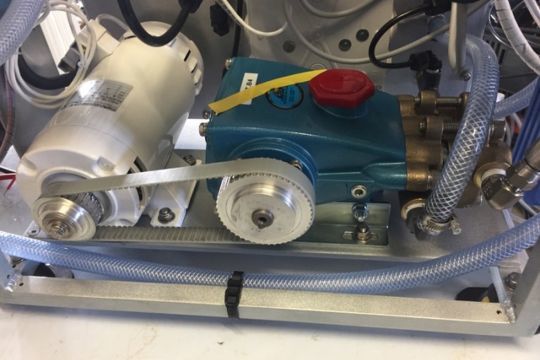
In the case of the high-pressure pump, a distinction is made between water and oil leaks. In the first case, a seal kit should be kept on board. Theoretically, valves and gaskets should be changed after 3,000 hours, but can wait for signs of leakage. The operations can be carried out on site, having closed the valves. On the other hand, if the leak concerns the oil, the pump should be removed and placed on the workbench, and the lubricant drained.
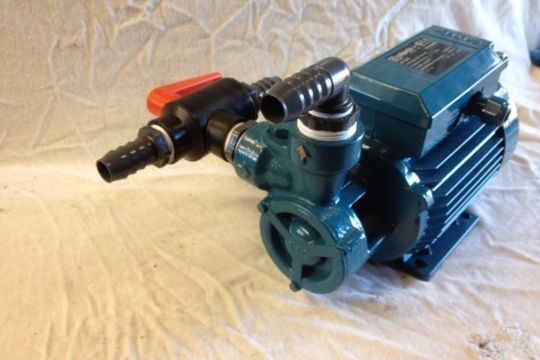
Leaking membrane
If the watermaker membrane is leaking, proceed empirically. After turning off the seawater supply, start by changing the O-rings in the plugs. If this is not enough, check the high-pressure control valve, for which manufacturers offer seal kits. The gland should also be greased when reassembling.
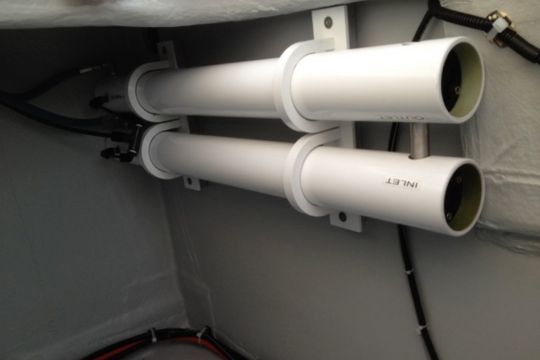
On a system with several membranes, it is possible to isolate a leaking membrane and maintain a reduced production with the membranes in good condition.
Electrical failures
Electrical malfunctions are probably the most problematic. After checking the power supply at the switchboard and the circuit breakers, a current clamp can be used to check that power is being supplied to the various pump motors. A professional should then usually be called in.
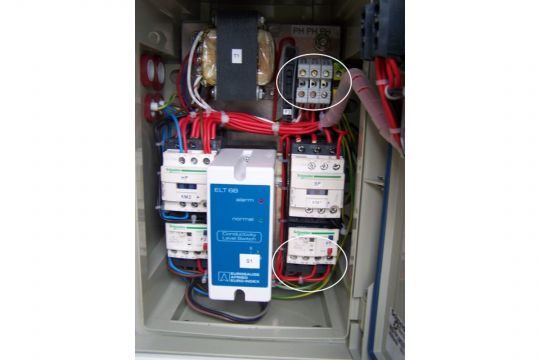
Less visible breakdowns
When no water is found in the bottom, there are other ways to detect a malfunction of your watermaker. Pierre Taillefer explains: "It is always a good idea to check the seawater flow meter regularly to make sure that there are no failures on the pumps or internal leaks. To do this, the flow rate is measured at 0 operating pressure, then at normal pressure of 50 bar. There should be no difference. Problems can also be detected when the quality or quantity of fresh water produced drops sharply. Usually, it is the internal seal of the membrane that lets seawater out. Each O-ring should be checked. If it doesn't work, as a second step, the membrane needs to be changed."
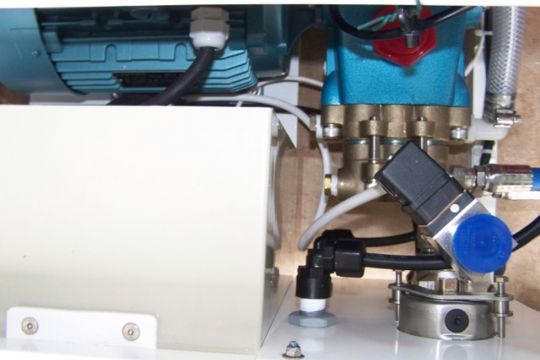
With what is needed on board, the yachtsman can anticipate and repair the majority of breakdowns independently and keep fresh water for a long time!
Energy recovery watermakers are an exception: the hydraulic booster, equipped with a Clark, ERD, ETD pump depending on the brand, is difficult to troubleshoot alone. Manufacturers ask that it be returned to the factory. Some brands practice standard exchange.
